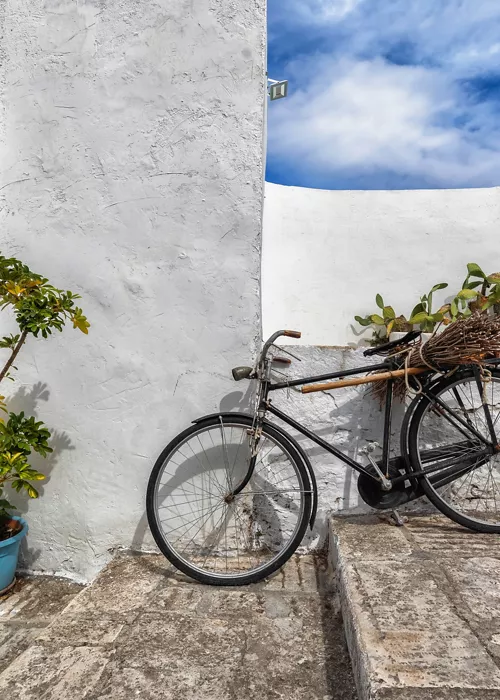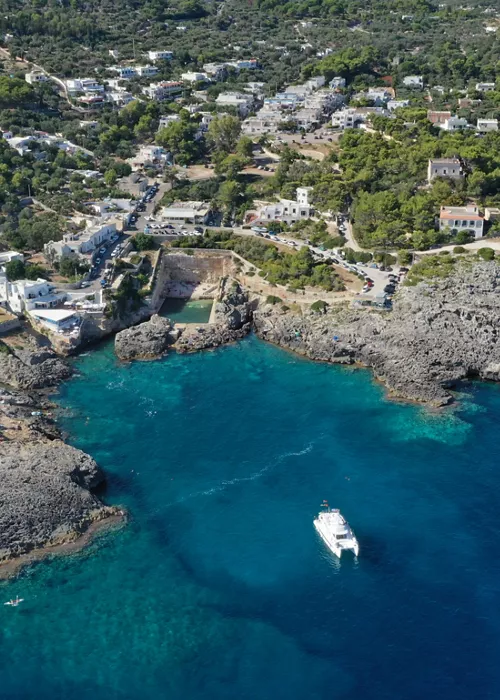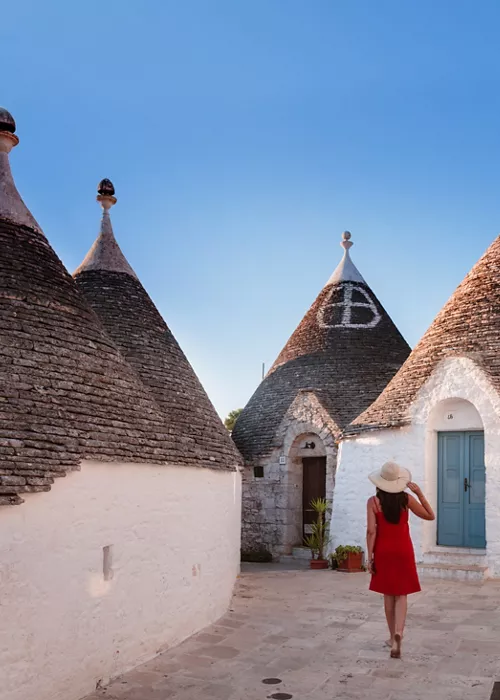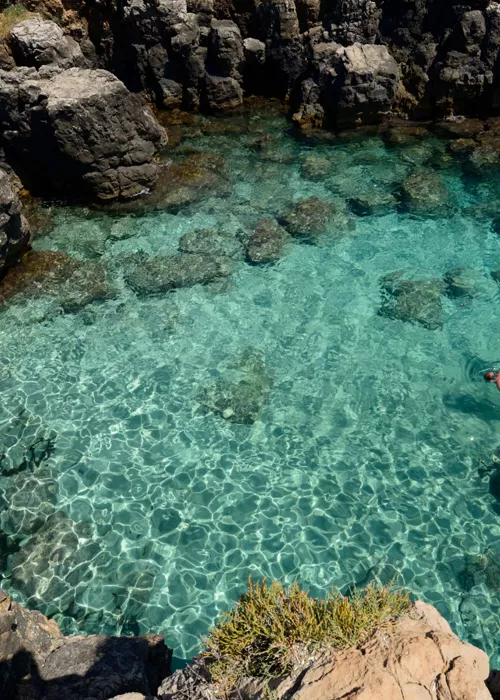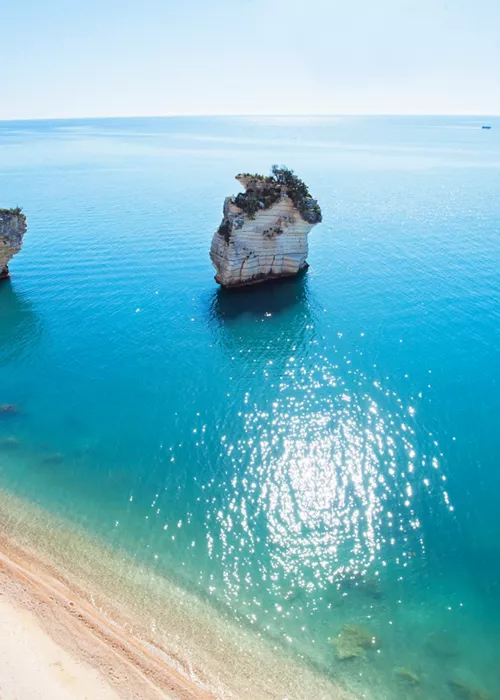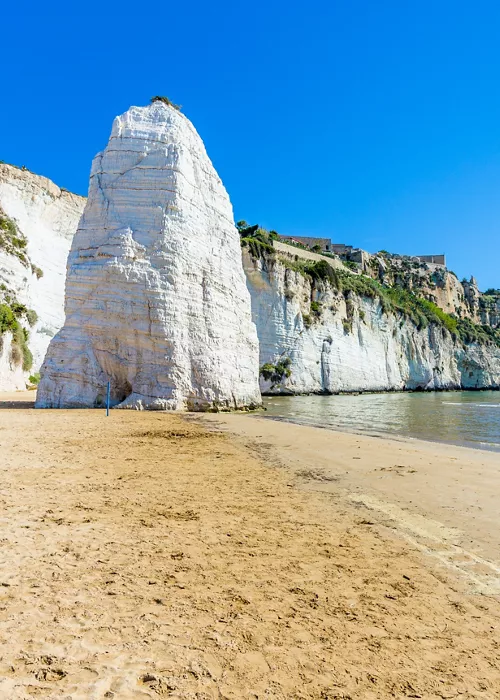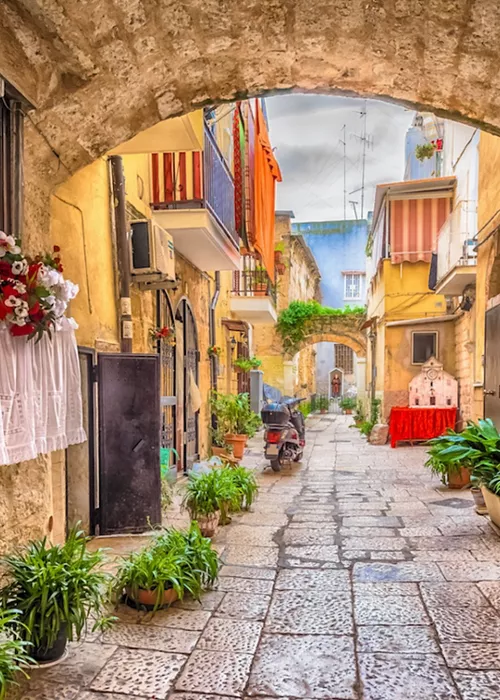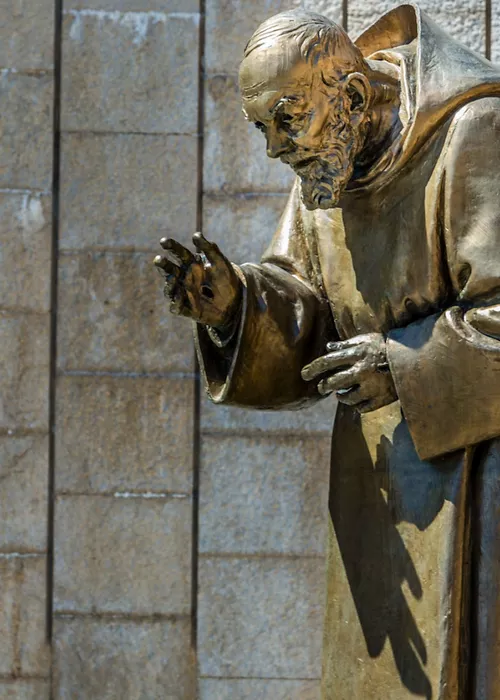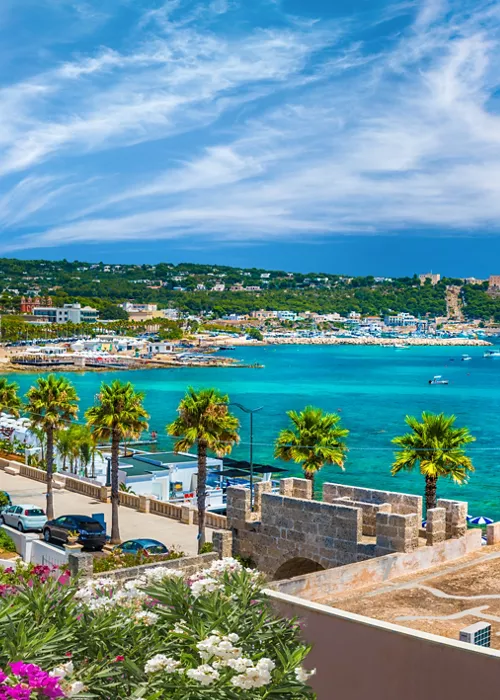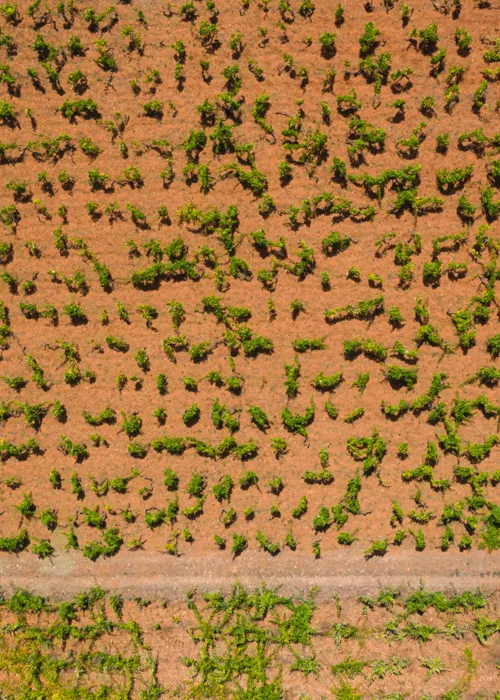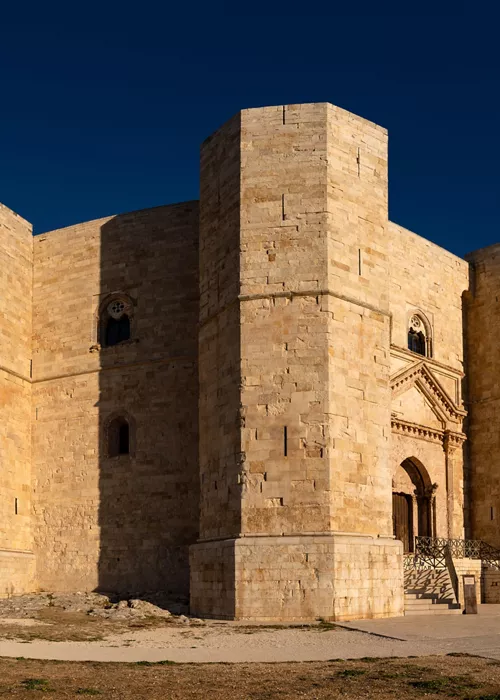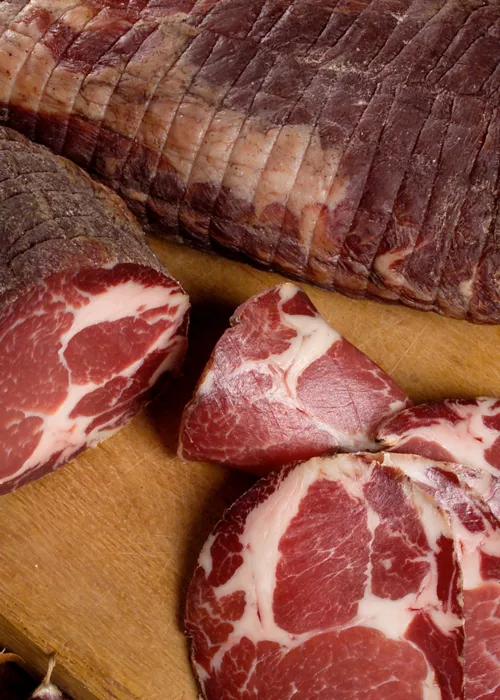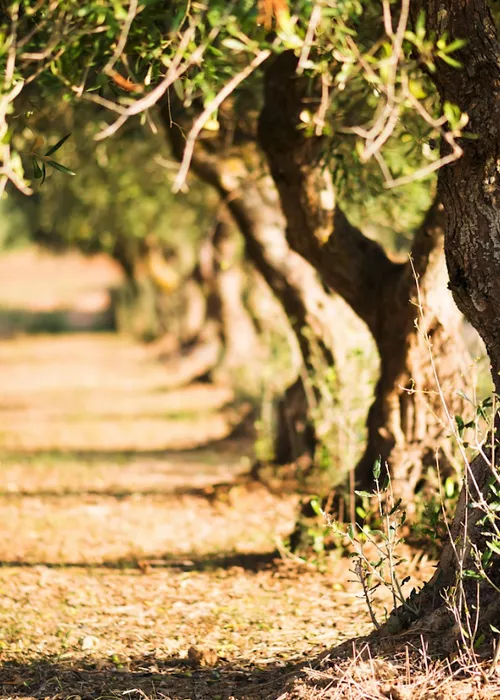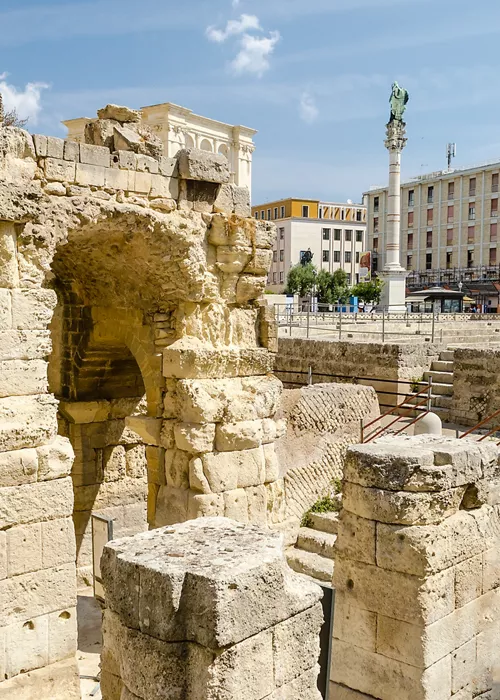The Cave Towns of Puglia: Ginosa, Laterza, and Mottola
9 minutes

Just across the border in the land-locked region of Basilicata, the city of Matera receives a lot of international attention these days for its network of caves that were inhabited until as recently as the 1950s.
However, similar communities and troglodyte villages existed all over Puglia, and a visit to a trio of off-the-beaten-track canyon towns set within the Terra delle Gravine Regional Natural Park offers the chance to reassess what it means to be a 'cave man' as well as enjoy excellent hiking, food, and culture alongside the history.
Ginosa: Puglia’s Cave Town

Overlooked by 'new Ginosa' and its imposing 11th century Norman castle, the horseshoe-shaped ravine here may on first glance appear to only be a place left to nature. However, delve a little deeper into it, and the traces of man amongst the rock and shrub unveil themselves quite dramatically.
Top 5 things not to miss
- Explore the caves.
- A beach day at Marina di Ginosa.
- A drink in the Piazza Orologio.
- Sample the ‘sleeping bun’ at a bakery.
- An orecchiette pasta class.
Ginosa's small ravine hosts two areas of the historic cave-dwelling communities - Rivolta and Casale - both of which are best explored and appreciated on two feet.
Rivolta, on the right hand side of the dip, hosts a collection of 66 caves on five levels, and is considered one of the most important rock villages in all of Italy. We think it's also the most obvious to get your head around how these structures - extended and shaped by residents to suit their own needs - would have actually functioned as viable abodes for people over centuries. Indeed, there's a level of sophistication and ingenuity to the design of these cave houses - cisterns, ovens, chimneys, gardens, oil and wine presses - which underpinned how life was planned and lived here. Harsh certainly, but not one that was simply endured.
On the other side, amongst the overgrowth, butterflies and scent of wild thyme, more caves can be explored in the Casale area. Best known for several frescoed cave churches and crypts, including San Sofia and Santa Domenica, it's thought that the risk of landslides and flash floods resulted in the move from this section to the cave homes across the ravine in Rivolta.
For visitors, Casale provides the best vantage point to appreciate the layout of Rivolta on the opposite side, and enjoy the perspective of the ravine and cave layers underpinning and blending into 'new' Ginosa.
The caves have been featured in several Italian films, as a Biblical backdrop in Pasolini's Il vangelo secondo Matteo (1964) - when Matera refused to allow an explosion - and more recently in Chi m'ha visto.
Ginosa's ravine and caves are undergoing development for tourism, but beyond a new walkway and some fencing, still remain largely untouched by modernity. Indeed, to walk between and across both sides feels more akin to a nature experience and a raw process of individual discovery, rather than a stop at a well-trodden tourist attraction. However, if you are fortunate enough to bump into Carmelo, the self-appointed caretaker of the caves, he is only too happy to show the curious around!
'New' Ginosa', which elegantly rises in an upward arc from the 16th century Chiesa Madre to the castle, was our base for exploring this geologically distinct part of Puglia. The large town, compact yet lively, offers pretty little whitewashed streets to wander in the centro storico, whilst a table under the Torre Dell'Orologio is an enjoyable spot for an aperitivo.
Ginosa is also an excellent base due to the proximity of the Marina di Ginosa, a long stretch of Blue Flag pine-fringed beach on the Ionian Sea.
Laterza: The Home of Italy’s Largest Ravine

Perched on the side of Europe's largest canyon, Laterza is the best place to find perspective on the scale of the ravines criss-crossing this area of Puglia, and better appreciate how they have shaped existence here.
Top 5 things not to miss
- Ceramics shopping .
- Hike in the ravine.
- Visit MUMA (Museo della Maiolica di Laterza).
- The Gravina di Laterza viewpoint.
- Explore the old town.
Stretching for 12 kms, 500 metres wide at its widest point, and covered in lush vegetation, the 'Gravina di Laterza' should really be better known in the region. However, with such a stellar coastline to explore from Bari to Brindisi (and beyond), it's understandable how Puglia's reputation as a place for nature and hiking will take a little longer to establish itself.
Laterza, just a 15-minute drive from Ginosa, is an excellent place to start though.
Oasi Lipu is a good option for a day hike in the right conditions, with a challenging yet manageable 7 km hike deep into and out of the Laterza ravine, starting from its panoramic viewpoint and small visitor information centre.
Alternatively, for keen walkers looking for a slow travel experience of the Terra delle Gravine Regional Natural Park or to link up the towns and region in an alternative manner, Laterza is on two multi-day walking routes:
- Laterza to Ginosa, Stage 6 of the Via Ellenica, part of the Cammino Materano project (14 km).
- Laterza to Matera, Stage 8 of the Via Appia/Appia Way (28 km).
If mobility is an issue or time is short though, we recommend that you simply drive to the panoramic viewpoint of Oasi Lipu for a wonderful view into Europe's largest canyon! From there, you could also choose to walk a small section of Sentiero Number 2 down and then back up (around 1 km).
Beyond a better appreciation of the ravines and hikes, there is perhaps nowhere in Puglia with a greater reputation or heritage for ceramic artisans than Laterza. The town is responsible for the instantly recognisable 'Majolica of Laterza' style, the blue and white enamel pottery which rose to prominence in the 17th century, but its association with the craft goes back at least two thousand years.
For those that would like to gain a deeper understanding of this association, and view a fine collection of the works themselves, be sure to make a beeline for the new Majolica Museum (MUMA for short, opened in 2015), housed in the beautifully restored 13th century Palazzo Marchesale; it’s an essential stop on any visit to the town.
A quick stroll through the in parts lovingly decorated, white-washed centro storico soon reveals the strength of the ceramic cultural revival, with many a quiet street leading to several artisan workshops and galleries in old caves, ensuring that Laterza's name will continue to be synonymous with high-quality handmade ceramics.
Whilst exploring the old town, be sure to make your way to the ‘Monumento al Pane’. The sculpture itself is fairly unremarkable, but the wonderful view from the belvedere upon which it sits is more than worth the detour.
If, like we did, you find yourself in Laterza during aperitivo hour, finish your visit at a table under the soon-to-set sun in Piazza Plebiscito, and order yourself an excellent Campari Spritz in time to watch the town come alive.
Mottola and Its Forgotten Cave Churches
Although Mottola, high on a hill and visible for miles, is as pretty and charming as many other towns and villages in Puglia, its star attractions actually lie well outside it.
As with Ginosa, cave communities existed here in its canyons for thousands of years - for necessity, protection, concealment, or a combination of all three - but few left such an indelible artistic impression on the stone as its own secluded 'Sistine Chapel'.
Top 5 things not to miss
- Admire the frescoes in San Nicola church.
- Visit San Gregorio cave church.
- Explore the rock villages of Casalrotto and Petruscio.
- Visit ‘Villaggio Vecchia Mottola’, the town’s historic centre.
- The ‘Presepe Vivente' (living Christmas cribs) hosted in the caves during the festive period.

It's necessary to walk along a dusty road, banked by olive trees, and down stone stairs in order to stumble across the entrance of San Nicola.
Situated at the edge of a ravine and in close proximity to rail tracks, it isn't just a secluded, countryside location; rather it feels as though this is somewhere chosen intentionally for its ability to be hidden and covered.
A place with no fanfare or ceremony, that only the most deserving or knowledgeable are permitted to uncover.
Accessible only with a guide, the setting offers no indication of the rich, spiritual and artistic heritage within this church carved and caressed out of a cave. There are dozens, if not hundreds, of rock-cut churches and cave chapels in this part of Puglia - both known and long forgotten - but you only need to see a handful of the others to appreciate why San Niccola’s frescoes mean it’s regarded as the Sistine Chapel of the genre.
Resplendent and bright, the natural darkness and coolness of their setting, laying undisturbed for many years - alongside restoration work in August 1989 - contributed to their remarkable condition. It was part of the cave village of Casalrotto, which dates it principally to the 11th-13th centuries
Amongst art historians, San Nicola's vibrant frescoes and icons are even more notable for the diversity of styles and influences evident in them: Byzantines, the Crusades, as well as local Puglian methods. This shows not just the traces of various civilisations over the centuries in Puglia, which the rock villages remained a constant throughout for at least five centuries, but also the longevity of San Nicola amongst them all, with each hoping to shape, influence, and imprint something on the walls of this hidden away cave. Beyond the religious significance, this also makes it an art gallery of Puglia's varied history.
Coupled with Ginosa, it's testament to the fact that troglodytes were not - as the modern term denotes - simply some prehistoric caricature, but a form of human existence which is far, far closer to the present generation than most would realise.
As we mentioned, it is only possible to visit inside the cave with an official local guide (who has the key!), and it's recommended to reserve ahead of your visit by contacting Infopoint Mottola, run by Mottola Tourist Information Centre.
On the drive back to Mottola, we also stopped off at Chiesa Rupestre di San Gregorio with our guide. At the side of a road and suffering more from the effects of age, damp, and icon theft, its main job is to perhaps underpin how remarkable San Nicola is, so we recommend visiting it first for the most impactful experience.
Within Mottola itself, be sure to spend a short while exploring the town’s historic centre, home to ‘Villaggio Vecchia Mottola’, a collection of 20 or so very pretty houses dating from the 13th to 18th century.
Useful Information
Best Time to Go
Although tourism is increasing in this part of Puglia, it is still far less than on the Puglian coast and across the border in Matera. This trio of towns within the Terra delle Gravine Regional Natural Park therefore offer a good alternative in the summer high season months, but this may impact your ability to undertake certain longer hiking trails in and out of the ravine.
Visits in the lower tourism shoulder season months of spring and late summer to early autumn (September to October) will enjoy ideal temperatures and generally dry conditions for hiking and wandering, but should adjust their schedule to the morning and evenings for activity and business openings, with much closed or empty in the afternoons.
How to Get There
Ginosa is a one-hour drive from Bari, and easiest to reach by car.
The most convenient way to explore this trio of towns is with your own car, with Ginosa a 15-minute drive from Laterza and 30-minutes from Mottola.
Article written about the experience of Andrew and Emily from Along Dusty Roads.




